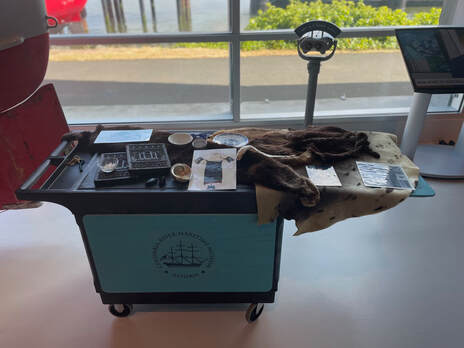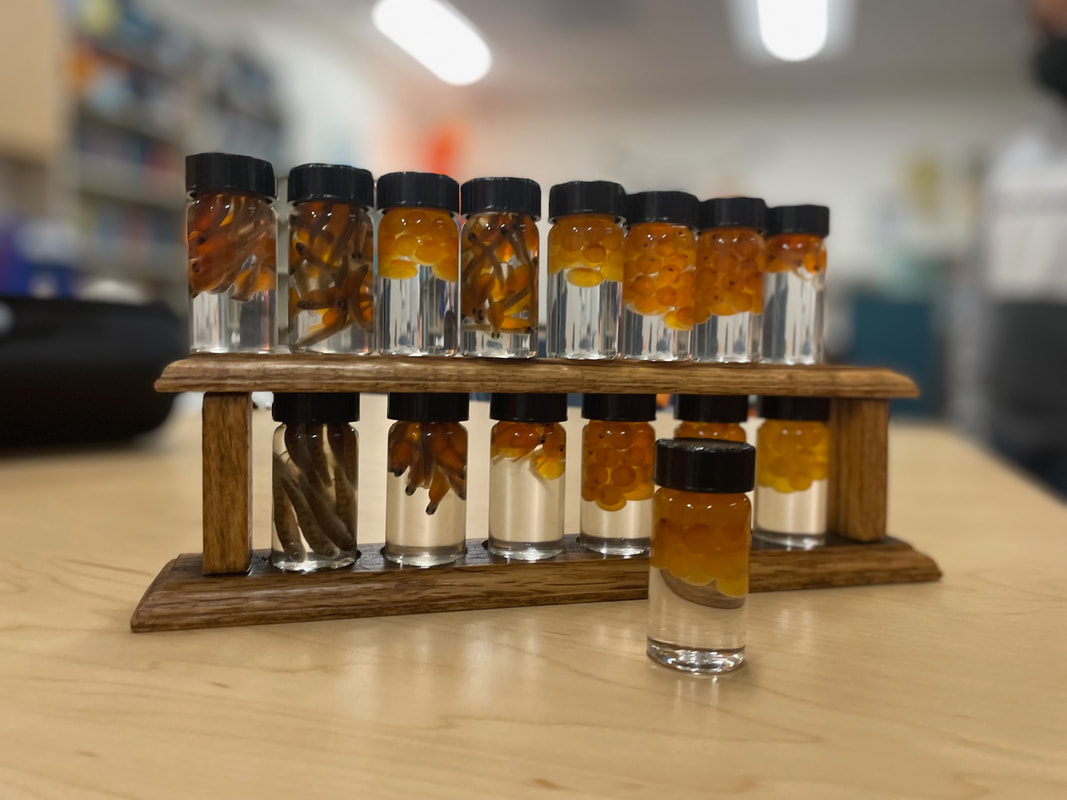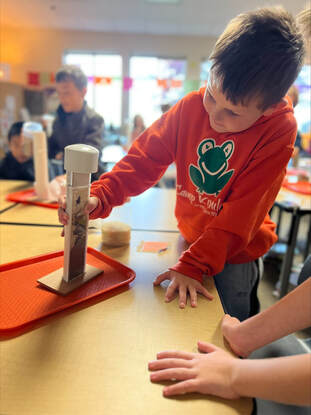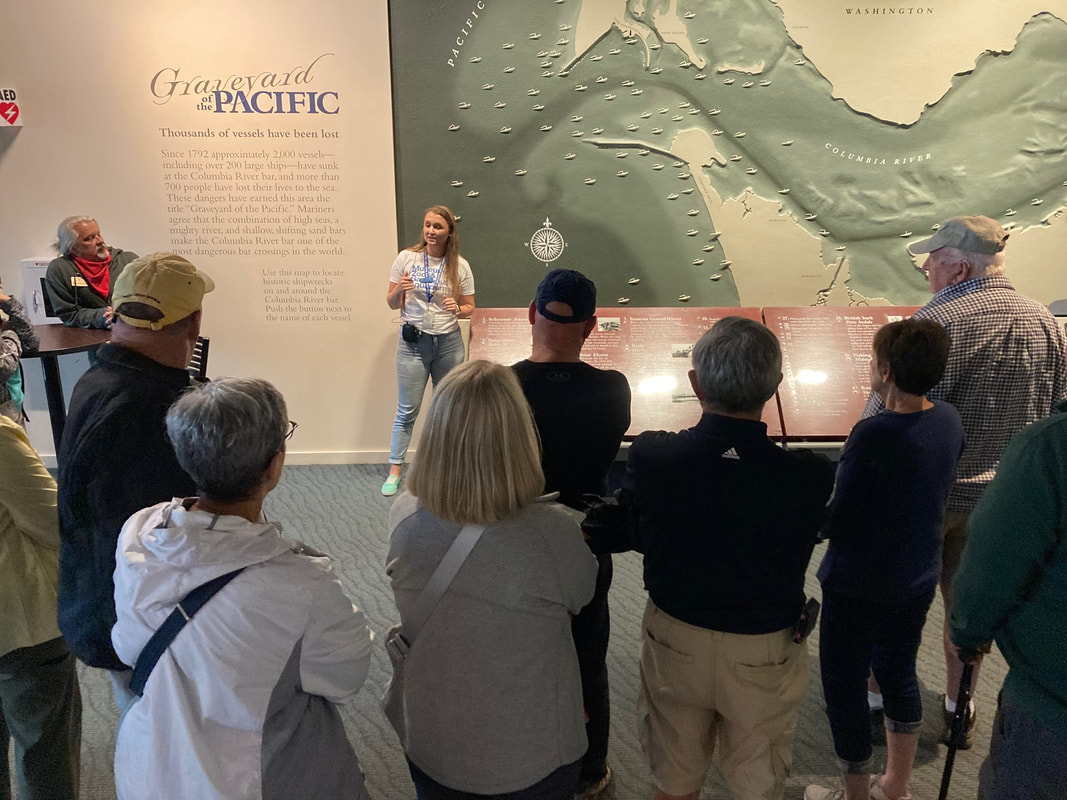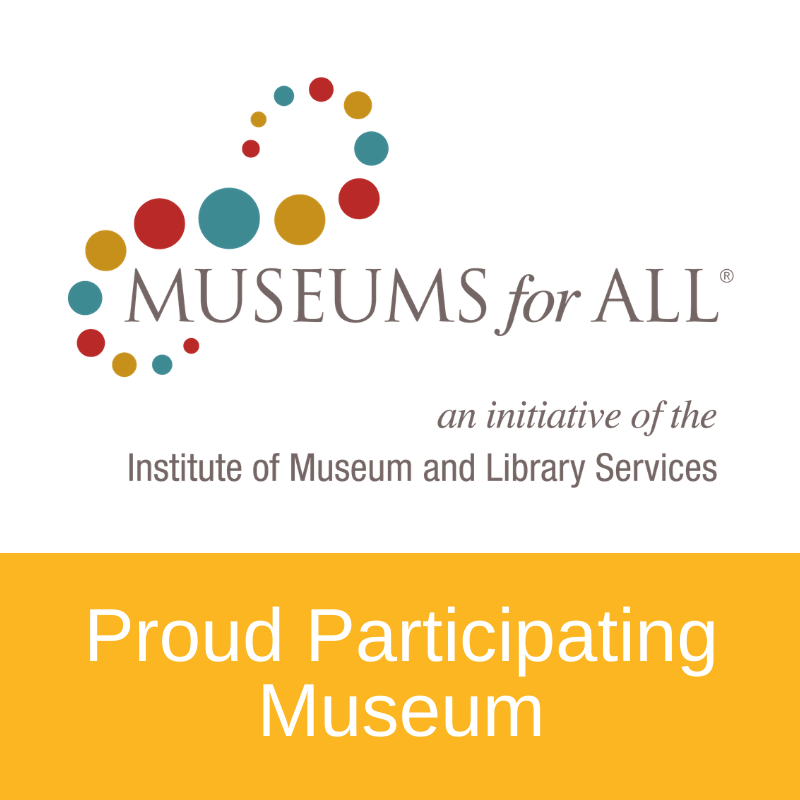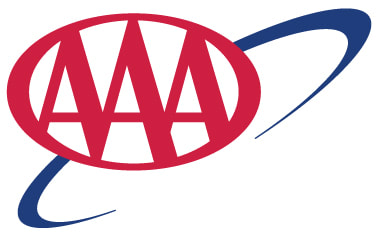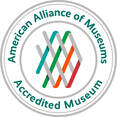Museum in the Schools (MITS)
Museum in the Schools was created in 1997 and remains the fundamental component of the Columbia River Maritime Museum’s educational outreach programming. MITS was created to make museum education more accessible to individual classrooms without the cost of travel or curriculum interruption for on-site programming at the museum. Our field educator travels to schools across nine counties in Oregon and Washington to provide students with engaging, maritime-themed STEAM learning opportunities. Since its founding, MITS has presented engaging programming to more than 150,000 students.
MITS programs were previously aligned with Next Generation Science Standards. They are now being aligned with Social Studies/Sciences, Science, and English Language Arts, and incorporate Since Time Immemorial, Environmental and Sustainability Education Learning Standards, and Art and Math standards for Oregon and Washington.
MITS programs are FREE to students in the following counties:
OREGON - Columbia, Clatsop, Multnomah, Tillamook and Washington
WASHINGTON - Clark, Cowlitz, Pacific and Wahkiakum
Registration for the 2024/2025 school year will open September 1, 2024.
For any questions, comments, or concerns, contact Field Educator Eli Schenk at [email protected]
Museum in the Schools was created in 1997 and remains the fundamental component of the Columbia River Maritime Museum’s educational outreach programming. MITS was created to make museum education more accessible to individual classrooms without the cost of travel or curriculum interruption for on-site programming at the museum. Our field educator travels to schools across nine counties in Oregon and Washington to provide students with engaging, maritime-themed STEAM learning opportunities. Since its founding, MITS has presented engaging programming to more than 150,000 students.
MITS programs were previously aligned with Next Generation Science Standards. They are now being aligned with Social Studies/Sciences, Science, and English Language Arts, and incorporate Since Time Immemorial, Environmental and Sustainability Education Learning Standards, and Art and Math standards for Oregon and Washington.
MITS programs are FREE to students in the following counties:
OREGON - Columbia, Clatsop, Multnomah, Tillamook and Washington
WASHINGTON - Clark, Cowlitz, Pacific and Wahkiakum
Registration for the 2024/2025 school year will open September 1, 2024.
For any questions, comments, or concerns, contact Field Educator Eli Schenk at [email protected]
GRADE LEVEL K-5 SY 2023/2024 PROGRAMS
Fishing in the PNWDuration: 50-minute session
Number of Classes per Visit: 4-6 Available: October - June FREE in the following Counties: OREGON - Columbia, Clatsop, Multnomah, Tillamook, Washington WASHINGTON - Clark, Cowlitz, Pacific, Wahkiakum |
Monsters of the DeepDuration: 50-minute session
Number of Classes per Visit: 4-6 Available: October - June FREE in the following Counties: OREGON - Columbia, Clatsop, Multnomah, Tillamook, Washington WASHINGTON - Clark, Cowlitz, Pacific, Wahkiakum |
GRADE LEVEL 6-12 PROGRAM

